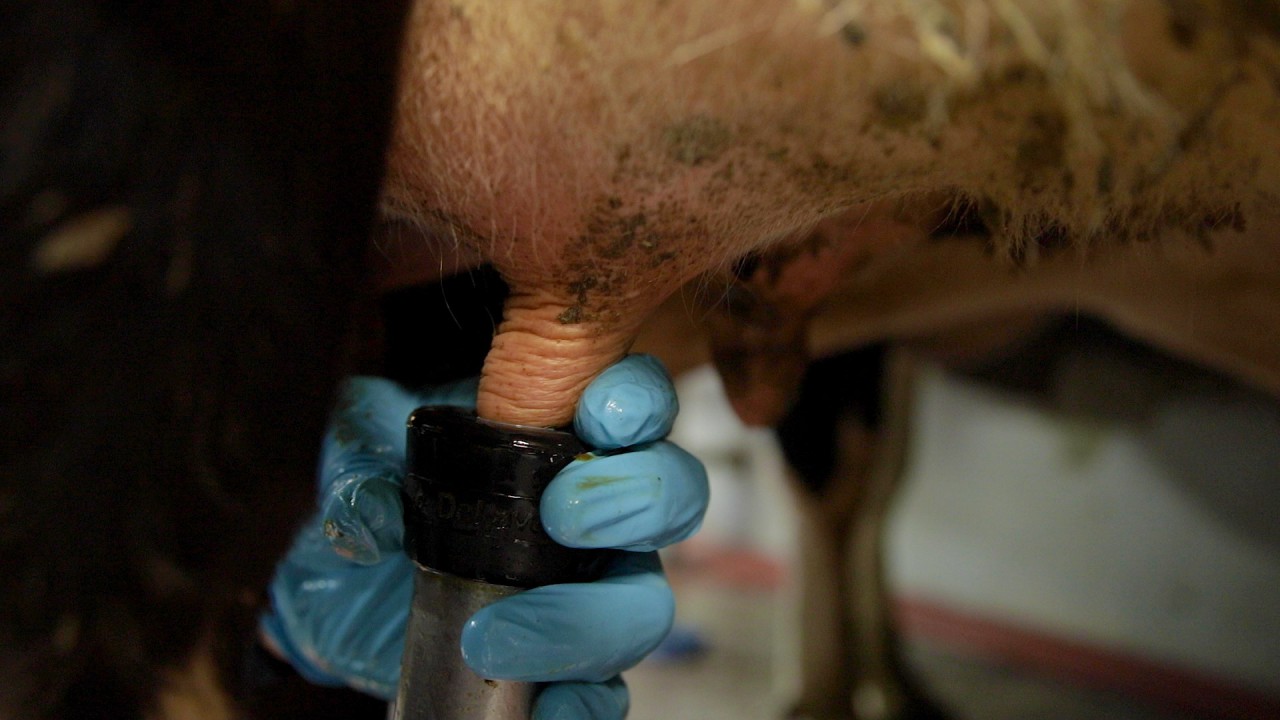The spring period is a busy time on farms and dealing with cases of mastitis is something that farmers don’t want. Freshly-calved cows and heifers are the most susceptible to mastitis, due to a weakened immune system after calving.
The two bacteria most commonly causing mastitis are Eacherichia coli (E. coli) and Strep uberis.
Of the two bacteria, Strep uberis is the one that spreads more easily during milking, while E. coli is the one that is most commonly associated with severe toxic mastitis. However, some strains of E. coli can also be spread very well during milking and the majority of mastitis caused by E. coli are mild in nature.
Bovine mastitis caused by E. coli can range from being a subclinical infection of the mammary gland to a severe systemic disease. Cow-dependent factors such as lactation stage and age affect the severity of coliform mastitis.
The primary sources of the bacteria are faeces and mud. The risk of infection from these bacteria increases when the environment is wet and dirty, infection is most commonly seen in early lactation.
There are several indicators for E. coli mastitis, clinical symptoms include severe depression, high temperature and affected quarter will have watery discharge.
Treatment
Treatment success depends on how early it is detected, along with the number of endotoxins that are present.
A treatment method will depend on the severity of the case, but generally severe toxic mastitis can not be cured by mastitis tubes, with a more aggressive treatment plan being required.
Prevention
Prevention of environmental mastitis involves minimising levels of faeces and mud in the cows’ environment.
Areas where cows congregate such as water troughs, gateways, collecting yards and housing must be kept clean to minimise infection.
During the housing period hygiene is of the utmost importance; cubicles should be limed twice daily and scrapers running at regular intervals.
E. coli mastitis like most other environmental mastitis can be picked up or passed on during the milking process. Having hygienic milking practices in place is important in the prevention of all environmental mastitis.
It is important that teats are clean and dry when being cupped. Cows should stand for at least 30 minutes after milking to ensure the teat sphincter is closed.

